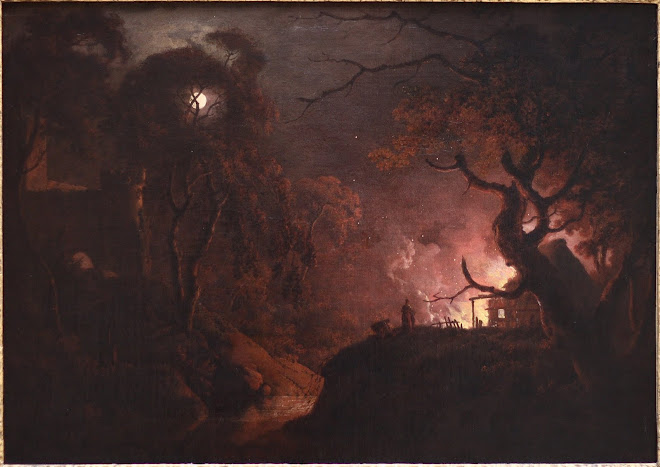
The British industrial revolution of the eighteenth and nineteenth centuries meant that progress in machinery and technology spread across every level of life, from work through to product availability and connections with the rest of the world. One of the great impacts on society was Travel. The middle and bourgeois classes could afford to pursue a greater field of leisurely pursuits. Travel became a past time that not only allowed people to visit other areas of Britain but also made cross continent trips possible (in the 1840's), from 1660 the Grand Tour became a right of passage for the aristocratic european young men, serving as an educational and fashionable part of life.
Grand Tours could last from several months to several years and were valuable in providing exposure to both the cultural legacy of classical antiquity and the renaissance. The experience was then brought make to Britain and a new victorian aesthetic developed. A taste for the exciting and fantastical grew.
VESUVIUS


Mount Vesuvius first erupted in 79AD, however it was its eruption in 1631 that had the most notable influence on the European world, with the developments in travel the English visited Pompeii with fear and excitement. Naples and its surrounding area enrolled the English visual imagination in the late 17th Century and gave a new gothic aesthetic to the English speaking world.
 I have chosen to look at Vesuvius as the volcanic eruption provokes a true sense of drama in the artists that have tried to depict the scene. The colours are strong, with a real sense of movement and turbulence, it shows urgency and devastation, Turners painting above has a magnificent texture, that really gives me an impression of the fractured and damaged landscape. These landscapes are unusual to the eye, they are not fields, or farms, for the English these images would have been provocative and
I have chosen to look at Vesuvius as the volcanic eruption provokes a true sense of drama in the artists that have tried to depict the scene. The colours are strong, with a real sense of movement and turbulence, it shows urgency and devastation, Turners painting above has a magnificent texture, that really gives me an impression of the fractured and damaged landscape. These landscapes are unusual to the eye, they are not fields, or farms, for the English these images would have been provocative and filled with wonder and apprehension. The paintings of Vesuvius highlight the notion that a landscape can tell a story, I enjoy the way it moves away from the typical landscape image and forces the viewer to feel.


